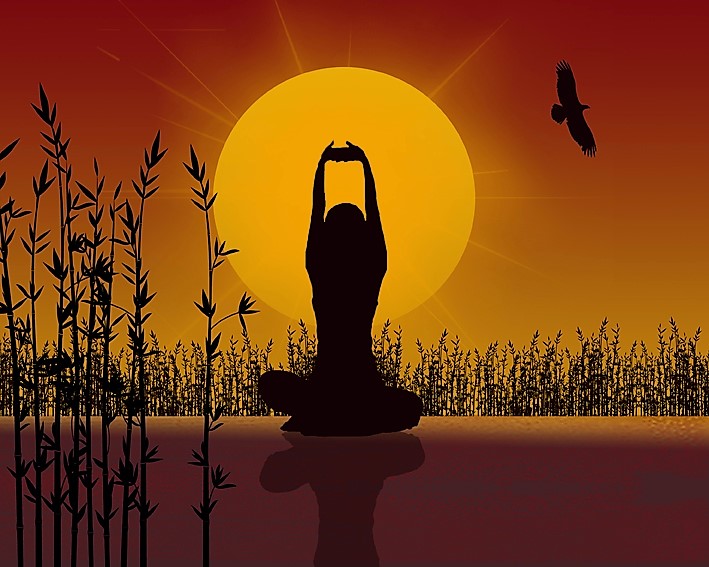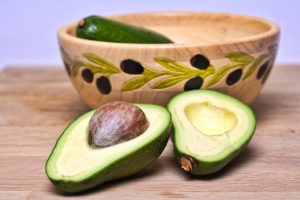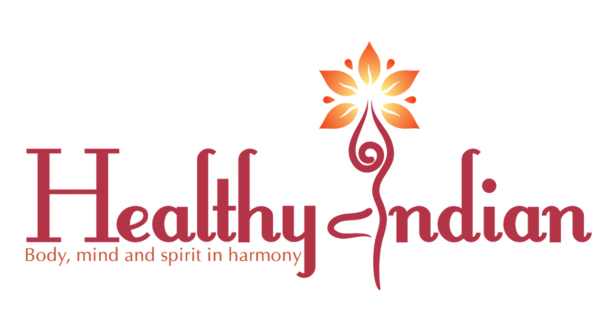High blood pressure is becoming increasingly common in my clinic. It truly is a “silent killer”. The majority of people feel no symptoms until something serious happens like a heart attack, stroke, kidney failure or blindness. This means you need to be periodically monitoring your blood pressure and checking it even more frequently if it has been high or borderline in the past. More so if you have a family history of high blood pressure.
In this post I’m going to discuss what I think are the most effective lifestyle interventions for lowering blood pressure. These are not just based on studies, but on my own direct clinical experience. Many of these factors are just not emphasized enough in the clinic or on standard blood pressure education materials.
Step 1: Breathe Better
The way you breathe directly affects your blood vessels and blood pressure. Shallow breathing that does not engage the diaphragmatic muscles in your abdomen is a major stress signal that raises your heart rate and blood pressure. Breathing shallow and rapid with a corresponding higher heart rate and blood pressure increases the delivery of oxygen and nutrients via the blood to your brain and muscles so you can think faster and move faster. This a primitive, protective reflex designed to help you fight or flee danger.
However, this same reflex operates at a more covert level in our everyday modern life. Just pay attention to how you’re breathing right now while you are reading the words on your screen or during your typical work day. Is your belly moving? Does your breath move south of your chest or is it literally stuck?
Breathing is so potentially therapeutic to blood pressure that there is an FDA-approved breathing device called RESPeRATE that has been used successfully for years to treat blood pressure. The good news is that you can still benefit tremendously from learning to breathe properly by doing some simple exercises that are part of an ancient Indian practice called Pranayama.
Some of my favorite breathing exercises are listed below. I know some of these methods may look and initially feel unusual, but they are very effective in activating your diaphragm and switching on the relaxation arm of your nervous system.
- Bhastrika (Bellows breath)
- Kapalabhati (Breath of fire)
- Anuloma Pranayama (Alternate nostril breathing)
Don’t underestimate the profound effects of such a simple change that could be more effective (and clearly safer) than taking a blood pressure pill.
Step 2: Manage Stress
I separated breathing from stress even though they are intimately connected. The reason for this is because most people may try to manage stress in other ways that don’t specifically focus on breathing and I think better breathing is so powerful that it deserves its own category.
Nighttime or nocturnal stress in particular is a major culprit. Cumulative stress from a busy work day, family dinnertime chaos, and digital stress from catching up on work and personal messages at night all translate into potentially higher blood pressures which can last throughout the night and spill into the next day.
You need to have some evening calming practice to counteract nighttime stress. A nice evening walk, yoga, a warm bath, a short meditation session, reading a book…preferably.
Step 3: Improve Sleep
Improving the quantity and quality of your sleep is an effective way to lower blood pressure. Simply getting to bed earlier has improved the blood pressure (and blood sugars) of many of my patients. A rested body is a relaxed body, and a relaxed body has lower blood pressures throughout the day.
When you are sleep-deprived, you are also more stress reactive. The same stressors in a sleep-deprived person are likely to cause a greater increase in blood pressure than in someone who gets sufficient sleep.
“Insufficient sunlight combined with an overdose of blue light from digital screens, especially after hours, completely throws off our body’s rhythms and can increase blood pressure.”
Sleep apnea is also a condition that is on the rise and is characterized by breathing interruptions during sleep that reduce the amount of oxygen delivered to our brain and body. As you can imagine, this is perceived as a stressor during the night and can lead to high blood pressure as a common manifestation. Typical symptoms of sleep apnea consist of a combination of snoring, interrupted breathing during the night and excessive daytime sleepiness. Talk to your doctor if you think you might be at risk.
There are also apps like Sleeptracker 24/7 and SnoreLab that use your smartphones microphone to monitor your sleep throughout the night. Not nearly as accurate as getting a sleep study ordered by your doctor, but may provide some clues to your sleep patterns.
Step 4: Balance Your Exercise Program
If you are an avid exerciser who still has high blood pressure, you need to change up your routine and try something different. This is not only good for blood pressure, but may help with weight loss, blood sugar and various other conditions.
For example, if all you do is high intensity cardio, then back off and add more low intensity cardio or activities like yoga, outdoor hiking, etc. Type A, hyper motivated individuals, tend to push themselves with excessive high intensity exercise. I do far less high intensity exercise now and instead do lots of low intensity cardio, stretching, yoga and recovery work, and I do these while I pay attention to my breathing.
If you don’t exercise at all, please at least start with walking and interrupting prolonged sitting. Actually even if you are exercising, you must also interrupt prolonged sitting to lower your risk of diabetes and heart disease.
Step 5: Eat the Right Foods
Don’t get fixated on sodium or salt in your diet. It’s the wrong target to prioritize. Patients love bragging to me that they don’t add any salt to their foods, but still are eating abundant sources of hidden salt. Hidden salt is a surrogate marker for processed and restaurant food intake which you need to limit. I’ve listed some key principles below on blood pressure lowering foods.
- Replace restaurant and packaged foods with natural, plant-based foods instead. This will automatically reduce your sodium intake dramatically and also increase the blood pressure-lowering mineral potassium.
- Add magnesium-rich foods to your diet, like avocados, nuts, seeds, dark chocolate (70%+ in moderation), leafy greens and fatty fish. Magnesium helps relax blood vessels.
- Consume more extra virgin olive oil, which can have blood pressure lowering effects.
- A daily glass of beetroot juice can lower blood pressure.
- Eat more dark blue and purples and greens. A common color missing in many patients is the color purple. Purple colored or dark blue fruits and veggies have heart healthy chemicals called flavonoids like resveratrol which can help lower blood pressure. Red wine is the most famous source of resveratrol, and in moderation, can have blood pressure lowering effects and heart healthy benefits. .
Finally, be sure you eat the right way. Don’t rush through your meals and snacks. Breathe slowly and chew sufficiently while you eat.
Step 6: Reduce Weight and Insulin Resistance
I put these 2 together since insulin problems are the top cause for weight gain. If you fix your insulin issues, you typically lower weight and blood pressure usually follows.
A diet high in excess carbohydrates and sugar raises insulin which in turn causes blood vessels to constrict and retain more salt and water. This leads to high blood pressure.
Does Salt Matter?
Why did I choose to deliberately ignore salt in my 6 steps to lowering high blood pressure? Because from a global public health perspective, it sends a confusing message and prevents individuals from prioritizing the more effective lifestyle interventions. In the clinic and out in the community, I hear hypertensive patients tell me over and over that they have cut salt out of their diet but still see no change in their blood pressure.
You can eat a no salt meal of flat breads, lentils, rice, pasta, noodles, etc. that does far more damage to your blood pressure than eating a plant-based meal with a small serving of meat or fish (if your diet allows it) seasoned to taste with salt. I love the taste of salt and can’t imagine cooking healthy meals without it.
The patients I see in my clinic who have high blood pressure are in many cases not eating excessive salt, but their high blood pressure is coming from issues like insulin resistance, sleep deprivation and high stress.
Now keep in mind that some individuals truly are salt sensitive and even if they are eating healthy plant-based meals, may have to limit the amount of salt they take in. The general guideline for salt indicates taking no more than 2-3 grams of salt daily. If you are not salt sensitive, you may be able to take between 4-5 grams and not experience issues.
Summary
Our modern lifestyles require us to take a totally different approach to managing high blood pressure. If you’ve failed to lower blood pressure using the more standard, traditional methods, I hope a renewed focus on things like breathing, stress, and sleep may help make a more significant impact. Also do keep in mind that the genetic risk of high blood pressure is real. You inherited the risk from your parents and may pass it onto your own children. So be sure to integrate some of these practices as family habits and rituals so you lower the risk of high blood pressure being passed onto future generations.
Read the full article here.




